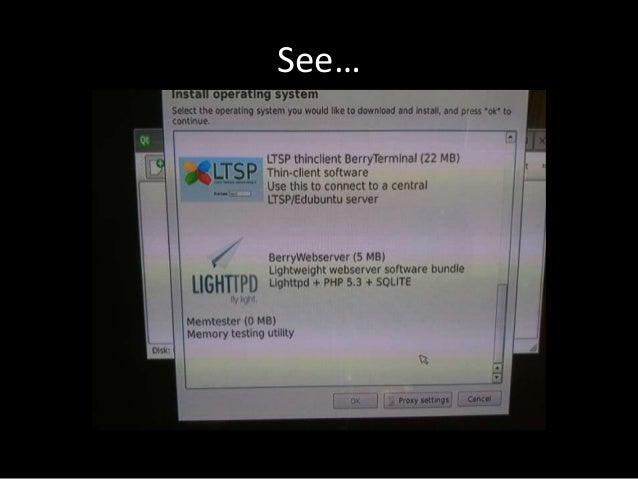



To continue with the example, let's create a sample table running the following queries:ĬREATE TABLE sistemas(Nombre String,version Real) Once created, we can see which database session you are connected to with this other command: If we do not include the name of the database as an argument, a temporary in-memory database will be created that will be deleted once the session ends.įor this example we are going to create a database called test in the / home / entreunosyceros folder ( which is the name of my user's home folder) sqlite3 /home/nombre-usuario/prueba On launching the command, if the database is available, it will open that database. We will be able to create a database when starting the sqlite session, mentioning the name of the database as an argument. The SQLite 3 database is going to be stored as a file on our local file system. Even though today there are more current versions, this is the one that was installed on my computer from the Ubuntu repository Create sample database and table To do this, in the same terminal you just have to write:Īs can be seen in the image above, SQLite 3 installed successfully and runs with version 3.31.1. To do this we will open a terminal (Ctrl + Alt + T) and we will execute the command:įor, install the package necessary, the next command that we are going to execute is the following:Īfter the installation, we can validate the installation by starting the sqlite 3 session.
#HOW TO INSTALL SQLITE IN EDUBUNTU UPDATE#
Before proceeding with the installation, we will have to update the list of available software. Setting up SQLite is simple compared to other popular databases like MySql, Postgresql, etc. Install SQLite 3 and SQLiteBrowser on Ubuntu Install SQLite 3 1.3 Uninstall SQLite 3 and SQLiteBrowser.1 Install SQLite 3 and SQLiteBrowser on Ubuntu.Plot simple graphs, based on table or query data.Examine a log of all SQL commands issued by the application.Issue SQL queries and inspect the results.Import and export databases from / to SQL dump files.Import and export records as text or tables from / to CSV files.Define, create, modify and delete tables.SQLiteBrowser controls and wizards are available for a user to: DB4S uses a familiar spreadsheet-like interface, and makes it unnecessary to learn the more complicated SQL commands.
#HOW TO INSTALL SQLITE IN EDUBUNTU CODE#
The SQLite code is distributed so that it can be used without restrictions and free of charge for any purpose.ĭB4S or SQLiteBrowser is very valid for both users and developers who want to create, search and edit databases. SQLite DB is simply a file with extension. But SQLite doesn't have any running processes and it doesn't have a client-server model. Other popular databases, such as MySql or PostgreSQL, run on the client-server model and have a dedicated process that runs and controls all aspects of operations on the database. While DB Browser for SQLite ( DB4S) or SQLiteBrowser, is a high quality, visual and open source tool for creating, designing and editing SQLite compliant database files. To begin with it must be said that SQLite is a RDBMS light and little. In the next article we are going to take a look at how we can install SQLite 3 and SqliteBrowser on Ubuntu.


 0 kommentar(er)
0 kommentar(er)
